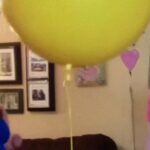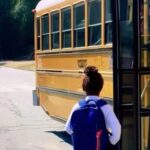But What The Cops Found Was Worse
What started as a routine solo hitchhiking ride turned into a nightmare. I sensed something was wrong when the driver, “Arlen,” started asking invasive questions and I smelled bleach. When he reached for the glove box, my instincts took over—I leapt from the moving van and ran for my life. A jogger found me, the police were called, and the van was later discovered abandoned, filled with disturbing evidence of past victims and a still-recording GoPro.
The driver’s real name was Denny Caldwell, a man who had vanished years ago. The van was stolen, and the GoPro revealed chilling footage of multiple women—some never identified. Though I escaped, the trauma lingered. Packages started arriving: a photo of a bracelet, motel footage from a place I’d stayed—reminders that Denny had been closer than I imagined. Months later, his remains were found, and a disturbing journal hinted that he never forgot me.
Despite his death, fear lingered until I found purpose through volunteering. Making bracelets with at-risk teens brought me healing. Eventually, the man who gave Denny a ride was found. He confessed to dumping Denny’s body and burning the van but left behind a recording praising my strength. That moment became a turning point—proof I had survived something terrifying and inspired others.
Two years later, I held an art show called Escape Velocity, filled with sculptures made from broken, reclaimed objects—symbols of trauma turned to strength. In the center stood a bracelet surrounded by survivor stories. One sculpture captured a woman leaping from a van, hair like a comet. I wanted people to see: survival isn’t just living—it’s reclaiming your power. Courage doesn’t erase fear—it outshines it.





Leave a Reply